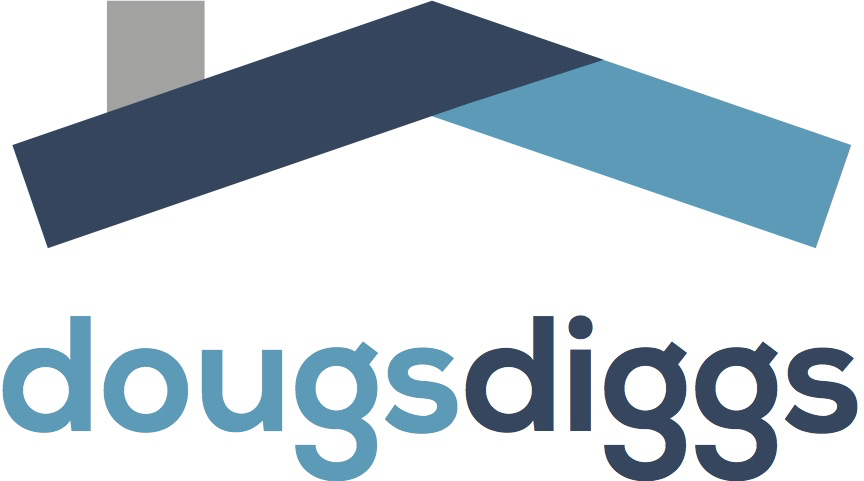How to Buy and Sell a Home at the Same Time Without Going Insane
How to Buy and Sell a Home at the Same Time Without Going Insane
 First-time homebuyers might have their own unique set of challenges, but one thing they dont have to worry about is dealing with the sale of a current home while looking to throw the mortgage onto another.
First-time homebuyers might have their own unique set of challenges, but one thing they dont have to worry about is dealing with the sale of a current home while looking to throw the mortgage onto another.
Unless youve got the cash to carry two or more homes at once, things can get tricky when it comes to repeat home buying. In a perfect world, youd find a new home, put yours on the market, and close both deals at the exact same time so theres no worrying about carrying two mortgages at the same time or having to find a temporary place to lay your head if theres a gap between closings.
While this is possible, its not going to happen without a little suaveness on your part and a little luck. The truth is, youll probably have to put up with a little bit of juggling when buying and selling at the same time.
The good news is, this doesnt have to be a pull-your-hair-out type of scenario. You can survive the buying and selling process at the same time, and heres how.
Get a Good Handle on the Market
Should you buy first or sell first? Depending on who you ask, youll get a different answer. The best way to answer this question is to start off researching the real estate market in your area.
Identify if youre in the middle of a buyers or sellers market, which will help sway your decision whether to buy or sell first. For example, if youre in the midst of a buyers market, it might be a better idea to put your home up for sale first, since it might take longer to sell than to buy in that type of a market. You dont want to be stuck paying interest on two mortgages that youre carrying because you managed to find and close on a new home while your current home sits on the market waiting for an interested buyer.
The opposite is true in a sellers market. In this case, looking for a new home first might be the better option, since youll probably be able to sell faster than find your next home.
Do Your Best to Keep Both Closing Dates in Sync
As mentioned earlier, having both closing dates happen one right after the other would be ideal, but it can be pretty tough to make that happen. But that doesnt mean it cant be done. There are some things you can do to try and bridge these two dates as closely as possible.
For starters, consider listing your home for sale and start the search for a new home at the same time. Research all of your options, make sure your credit score is healthy, and start getting pre-approved for a mortgage. The sooner you get your finances in order, the better.
Think about adding a contingency in your buyer contract whether its the purchase agreement for your current home or the one youve put an offer on to get the closing dates to line up. For the contract involving the home youre buying, ask the seller to make the purchase conditional upon the sale of your current home. This could work if the sellers arent able to find a buyer in a decent timeframe. Just make sure you can give them reasons why your home should be sold quickly.
When it comes to the contract involving the sale of your home, wheel and deal with the buyer, and ask for a contingency to be added to the contract to make the closing date line up with the closing date of your new home. While this might not work with many buyers, those that absolutely love your home might be willing to make a sacrifice to ensure their name ends up on title. So make sure you paint your home is the best light possible with some professional home staging to up the odds of making this plan work.
Offer a Rent-Back Option
If youve managed to snag a buyer who wants in, but you havent found a new home just yet, consider offering a rent-back option to the buyer. In this scenario, the buyer agrees to rent out your current home to you for a stipulated time period while you continue your search for a new home. You can negotiate a lower selling price or pay rent in exchange for being able to stay in your home until you find a new one.
Just bear in mind that some lenders might have a problem with this arrangement. But this can be a lot more convenient then shacking up with your parents or renting an extended-stay hotel room, so its worth a shot.
Tap Into a Bridge Loan
Bridge loans are specifically designed for those who have closed on a new home before closing on the sale of their current property. In this case, youre given a short-term mortgage to cover the down payment on your new place before you sell your current one. This temporary arrangement essentially bridges the gap between the purchase of a new home and the sale of an old one, hence the name.
Bridge loans are secured by the buyers existing home, and the money from the bridge loan is put towards a down payment on the next property. When your current home is finally sold, the loan is repaid using the proceeds from the sale.
This is an attractive option, because it eliminates any restrictions that you would have otherwise faced worrying about lining up both closing dates. Not everyones got the cash to pay two entire mortgages, but a bridge loan can cover them both for a temporary amount of time in an affordable way.
Just the thought of buying and selling at the same time might sound incredibly stressful, but it doesnt have to be. With a little research and preparation and the help of a professional real estate agent and mortgage specialist you can totally minimize the hassle of buying and selling a home at the same time.



